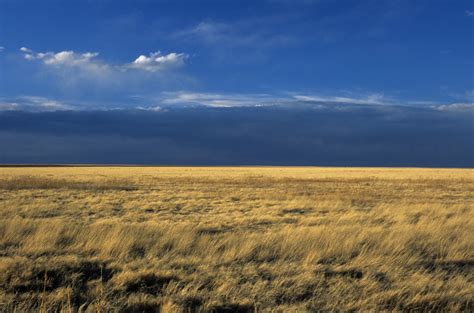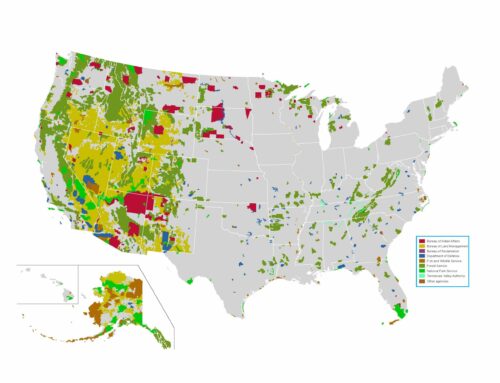by Greg Walcher, E&E Legal Senior Policy Fellow
As appearing in the Daily Sentinel
Headlines across the Midwest are blaring: “Great Plains lost 1.6 million acres of grasslands in 2021.” The story is based on a report from the World Wildlife Fund, supposedly tracking the conversion of grasslands to row crops. It says over the past decade grassland conversion totaled 32 million acres. In 2021 alone, the loss is said to be larger than the state of Delaware.
The destruction of vast expanses of native grasslands has been a topic of concern, debate, grant funding, regulation and legislation for decades, yet it continues. Any report this disturbing surely requires some context.
First, it should be acknowledged that the World Wildlife Fund has little credibility on such issues, owing to its long-term proclivity for exaggeration, hyperbole and extreme policy advocacy. It is the same organization, for instance, that predicted “Earth’s population will be forced to colonize two planets…” because the human race is “plundering the planet at a pace that outstrips its capacity to support life.” That report asserted, “more than a third of the natural world has been destroyed by humans over the past three decades,” so by 2050 everyone would have to move to other planets. That does not mean we should ignore the concern about grassland conversion across the Plains — but it certainly suggests taking their figures and policy suggestions with several grains of salt.
Second, the numbers themselves require perspective. After all, comparing the loss of grasslands to the state of Delaware is not very striking. Mesa County alone is 840 square miles larger than Delaware. There are 95 Great Plains counties larger than Delaware. The region encompasses well over a million square miles, including all of Kansas, Nebraska, North and South Dakota; the eastern halves of Colorado, Montana, and Wyoming; large portions of New Mexico, Oklahoma, Texas, Iowa, Minnesota, and Missouri; and significant expanses of Alberta, Manitoba, and Saskatchewan.






